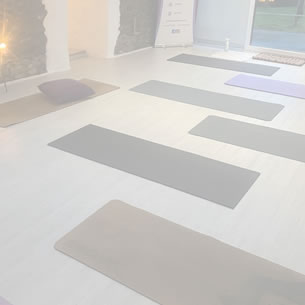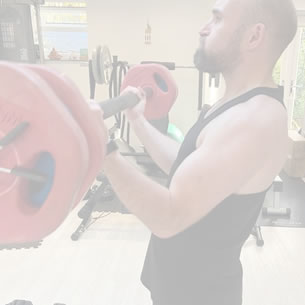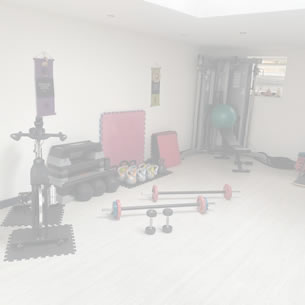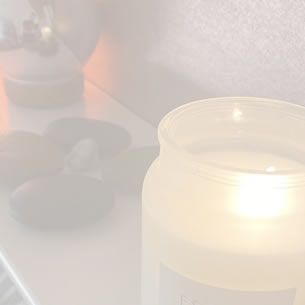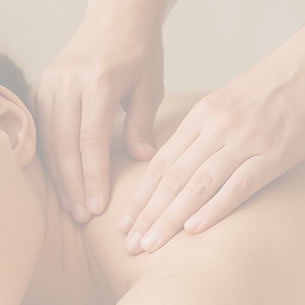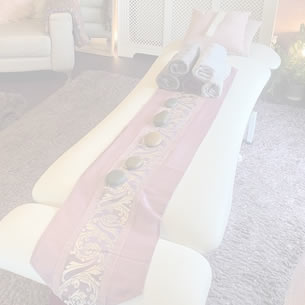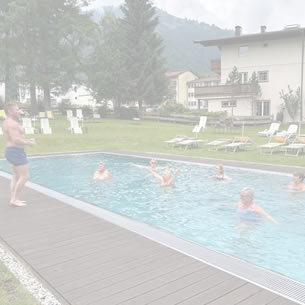Life Health & Wellness Therapist in Carmarthenshire
The world has changed. Since the 2020 pandemic, we've faced wave after wave of uncertainty, financial instability, global conflict, and a relentless news cycle that chips away at our sense of peace. Many of us feel overwhelmed, disconnected, and anxious about the future, not just for ourselves, but for our children and grandchildren.
We are juggling the pressure to provide, to keep up, and to find meaning in the chaos. It’s easy to feel as though our dreams are slipping further out of reach, replaced by survival-mode routines and quiet resignation.
But here's the truth: you are not alone, and this doesn’t have to be your story.
Even in the midst of uncertainty, it’s absolutely possible to live a life of purpose, clarity, and fulfilment. A life that reflects your values, your goals, and the deeper meaning you’re searching for.
That’s where I come in.
My name is Michael, and helping people reconnect with their purpose is not just my work, it’s my passion. For years, I’ve been privileged to guide individuals from all walks of life to rediscover direction, confidence, and joy through my life coaching techniques.
Whether you're feeling stuck, lost, or simply ready for a new chapter, you’ve come to the right place.

This is more than a starting point. It’s the beginning of your transformation.
Whether you're seeking strength, balance, recovery, or deeper healing, you’ll find it here.
From personalised fitness training and yoga therapy to rehabilitation, guided meditation, holistic wellness programmes, hands-on healing therapies, and even transformational group retreats abroad, every service is designed to support your journey back to full health, purpose, and inner alignment.
Whatever stage you're at, there's something here to move you forward, powerfully and sustainably. Here you will find the tools, support, and guidance to begin the journey back to yourself—and forward into a life that feels truly yours.
Welcome to MichaeljLifePurpose. I’m honoured you’re here, and I look forward to walking this path with you.
Michaelj


